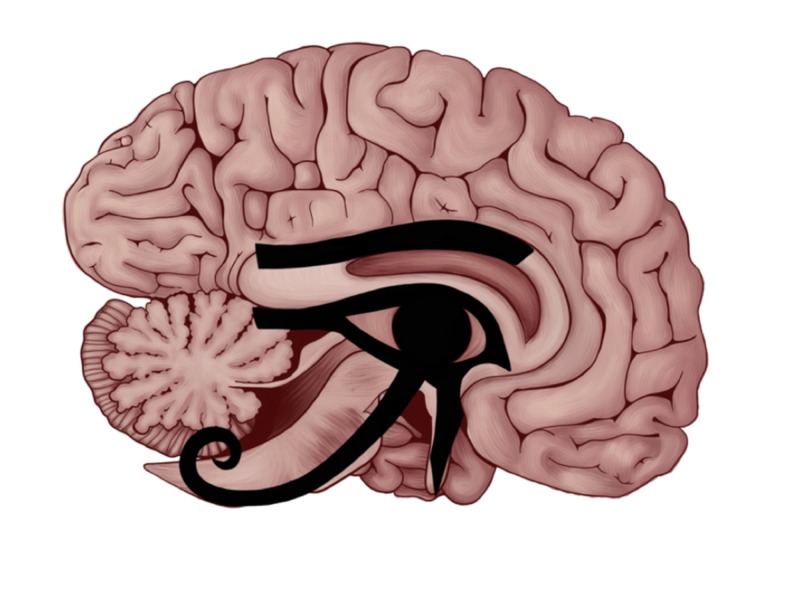Was Pythagoras Chinese
If we acknowledge non-European sources of mathematics, students will have more opportunities to be exposed to various approaches of solving or proving a mathematical topic. The article "Was Pythagoras Chinese - Revisiting an Old Debate" shows us the Chinese-version proof of the a2+b2=c2 relationship. The proof that is exhibited by Zhoubi suanjing is different from the rigorous proof in The Elements and can be easily understood by students. Inspired by the method, students can learn how prove a geometric theorem with the help of grid. The article also demonstrates Chinese approaches to calculate the accuracy of π, which can be utilized when we teach the topic of circle in mathematics class. By looking at various methods developed by various civilizations can also enrich students' problem-solving techniques and broaden their views in the journey of mathematical study. The Crest of the Peacock: Non-European Roots of Mathematics written by George Gheverghese Joseph has...

